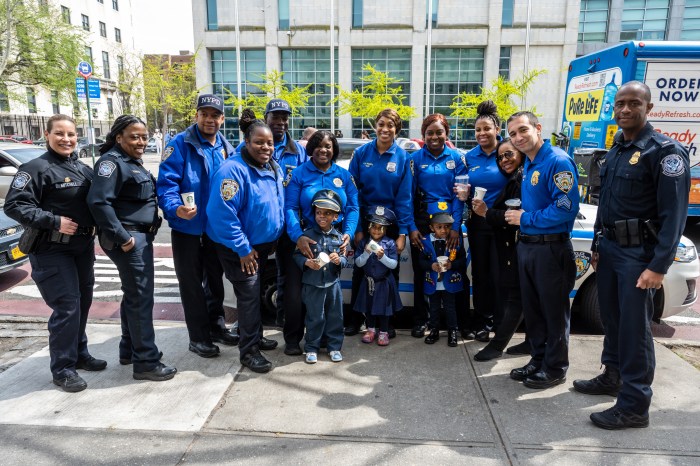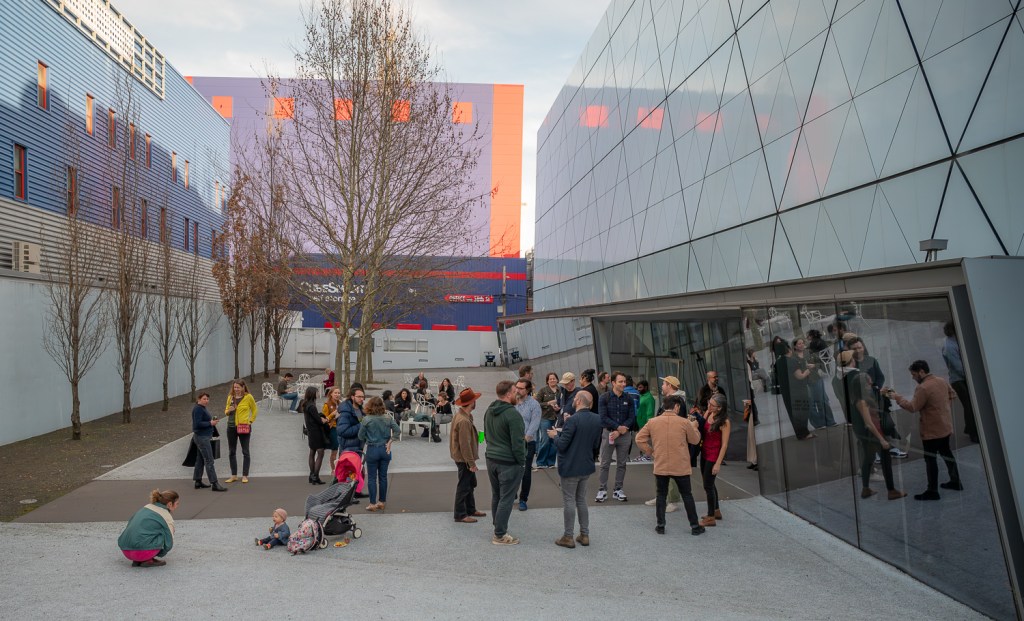The cardiothoracic team at LIJ Medical Center was the first in Queens and Long Island to perform an innovative type of non-surgical heart valve replacement procedure, treating patients with faulty heart valves without undergoing open heart surgery. This method is only practiced in the top seven percent of cardiac programs in the country.
Patients suffering from severe aortic stenosis now have the option of this less invasive procedure, completed by using a device known as the Sapien transcatheter aortic valve replacement (TAVR). Subjects who qualify for this operation are generally older patients, stricken with other medical conditions that could cause complications during surgery.
“TAVR is a breakthrough because it offers some patients who could not withstand the conventional surgery due to age or serious medical conditions a viable treatment option,” said S. Jacob Scheinerman, MD, vice chair of cardiothoracic surgery at LIJ.
Severe aortic stenosis affects approximately 250,000 Americans. It occurs when the aortic valve does not open and close properly, usually due to a build-up of calcium, restricting blood flow from the heart to the rest of the body, increasing pressure within the heart and weakening the heart muscles. This heightens a person’s risk for heart failure.
Symptoms of aortic stenosis can include extreme fatigue, dizziness, chest pain or pressure, shortness of breath, rapid or irregular heart beat and fainting.
“Patients who do not receive an aortic valve replacement have no effective, long-term treatment option to prevent or delay the progression of severe aortic stenosis and eventual death,” said Scheinerman. “For patients who were previously inoperable, the new TAVR gives hope for extending the lives of these patients with improved quality of life.”
Ann Pszybylski, an 84-year-old great-grandmother of eight from Hauppauge, Long Island, was the first patient at LIJ to receive the TAVR. Pszybylski, who suffers from Parkinson’s disease, was not a candidate for traditional heart surgery. Her symptoms from aortic stenosis became so severe that she had trouble catching her breath while walking.
On January 23, Scheinerman; Barry Kaplan, MD, vice chair of cardiology at LIJ and North Shore University Hospital and an interventional cardiologist; Rajiv Jauhar, MD, chief of cardiology and director of the cardiac catheterization laboratory at LIJ; and Robert Palazzo, MD, a cardiothoracic surgeon, combined efforts with a multidisciplinary team of specialists to complete Pszybylski’s surgery.
“After the TAVR procedure, Ms Pszybylski did remarkably well,” said Scheinerman. “Within 24 hours after the procedure, she was up and walking around the intensive care unit and breathing was easier.”
Pszyblyski spent three days of recovery time in the hospital. No longer “huffing and puffing” while completing everyday tasks, she looks forward to a more active future.
“I’d like to travel to see my nephew in Georgia and daughter in North Carolina, but mostly I’m looking forward to just living longer,” said Pszyblyski.
Elliott Gaberman, a 78-year-old man from Oakland Gardens, received the TAVR procedure at LIJ on January 23 as well. His severe aortic stenosis caused shortness of breath and extreme exhaustion while walking and climbing stairs. Doctors used TAVR to replace his failing heart valve. A triple heart bypass in 2007 eliminated Gaberman as a candidate for surgical valve replacement.
“With the TAVR, Mr. Gaberman is breathing easier, walking more comfortably and physically more energetic,” said Dr. Kaplan.
Gaberman, who stays active as a volunteer at St. Albans VA Hospital, is excited to get back to helping others.
“I’m thankful I was able to receive this new treatment close to my home as opposed to getting the procedure in Manhattan,” said Gaberman. “It’s much easier.”































